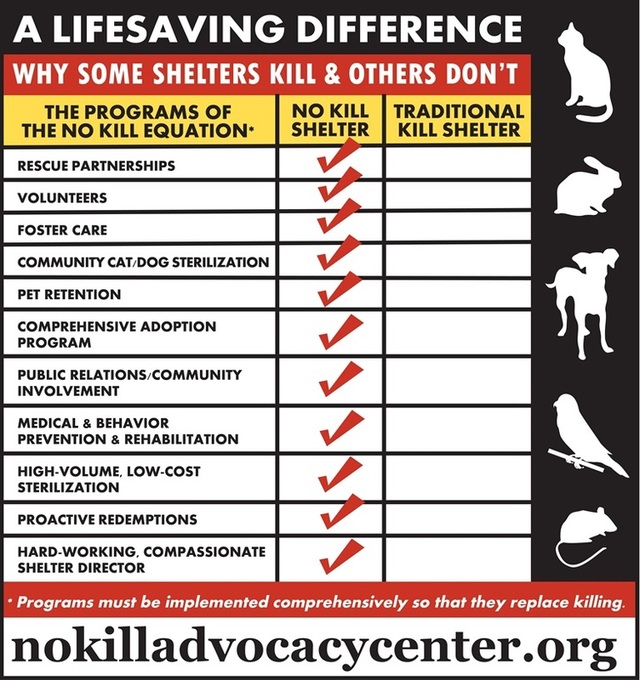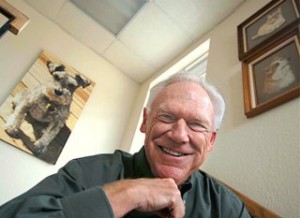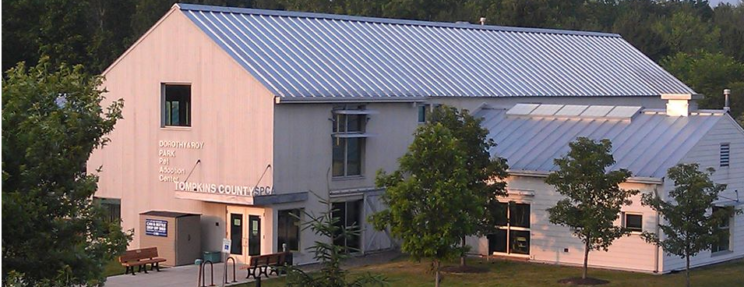Any shelter in any community with a can-do attitude and the right approach can end the killing.

One of my roles as the director of the No Kill Advocacy Center is working with elected officials nationwide on reforming archaic policies, implementing No Kill programs, and codifying No Kill practices. Recently, one of those elected officials suggested to me that his community would be unable to achieve No Kill because the municipal shelter did not have a “partner” organization like an SPCA, humane society, or “pets alive” group to do a lot of the heavy lifting. It was his (false) understanding that the core of the “No Kill model” is a public-private partnership between a municipal pound and a non-profit shelter. In this view, the municipal agency would take in the animals, handling reclaims and some adoptions, and the remainder would go to the private organization which would be responsible for behavior rehabilitation, community cat sterilization, and more. “Isn’t that how San Francisco became the first No Kill city?” he asked me. The short answer is No. But it is a common misconception on two counts.
San Francisco: A Programs Model

First and foremost, the core of the “No Kill model” is not a collaboration between a public agency and a private SPCA; the “No Kill model” pioneered in San Francisco is a programs model. Those programs include foster care, pet retention, community pet sterilization, offsite adoptions, behavior rehabilitation, marketing, high-volume/low-cost sterilization, and more. It is the implementation of those programs that are responsible for increasing adoptions, reducing intakes and birthrates, and keeping animals with their responsible caretakers, all of which translates into a declining death rate.
It just so happened that the initiative in San Francisco was led by a private SPCA which did most of the work (with the municipal pound acting in a passive, indeed often hostile, role that simply transferred the animals to the SPCA instead of killing them if they were not reclaimed or adopted out quickly). That accident of history need not be replicated to be successful. When the combination of programs San Francisco pioneered — which I call the No Kill Equation model of sheltering — is comprehensively implemented at a municipal shelter, No Kill is achieved, irrespective of the existence of a partner agency. Of course, the job is certainly made easier if there are two shelters in a community working to end the killing, instead of just one. But two shelters — one public and the other private — is not, and never has been, a prerequisite to No Kill success.
Not surprisingly, there are municipal shelters with placement rates of 99% precisely because they themselves do community cat sterilization, foster animals, rehabilitate dogs with impediments to adoption, assist people to prevent surrender, and more. Of course, partnering with rescue groups is a key component of that success, but in a well-run shelter, rescue transfers are additive, not a replacement for comprehensive adoption, rehabilitation, and care programs. Broadly, they should constitute no more than 15% or so of placements. This can be handled by small breed-specific or all-breed rescue groups. A large non-profit is strictly not required.
San Francisco Never Achieved No Kill

Second, although San Francisco pioneered the No Kill Equation which makes No Kill possible, the City itself never achieved No Kill because it did not implement it to the point of replacing killing entirely. Even in the San Francisco SPCA’s heyday under Richard Avanzino, its most influential and legendary president, the City shelter was still killing neonatal kittens, healthy “feral” cats, as well as sick and injured but even then treatable animals, although a fraction of what they had been before his tenure.
Moreover, the “Adoption Pact,” an agreement between the San Francisco Department of Animal Care & Control (SF/ACC) and the San Francisco SPCA, that provided for every “adoptable” animal who was scheduled to be killed at the City shelter to instead go to the SPCA for guaranteed adoption specifically excluded “feral” cats and all “pit bulls” in its definition of “adoptable”: the former were defined as “non-rehabilitatable” because they were not social with people and the latter were deemed “non-rehabilitatable” because they were excluded under SF/ACC “department policy.” It also excluded altogether rabbits, gerbils, birds, and other animals, who continued to be killed at the City pound in large numbers.
Don’t get me wrong. The changes that occurred in San Francisco were nothing short of revolutionary. In the first five years of the Adoption Pact, cat deaths declined by over 70 percent, kitten deaths by over 80 percent, and dog deaths by two-thirds. TNR was being implemented all over the City. Killing in San Francisco was a fraction of the national average, making San Francisco one of the safest — if not the safest — major, urban cities in the U.S. for dogs and cats.
As noted, it pioneered programs that redefined sheltering nationwide, helping to usher in the modern No Kill movement. It had the first foster program in the country and the first offsite adoption program. It led the country with programs to prevent surrender, created the first TNR program on a military base, expanded rental units that allowed animals, served as the model for a California law that made it illegal to kill animals if rescue groups were willing to save them, established the legal proposition in California that killing healthy animals as part of someone’s Will following their death violated public policy, and so much more. In the pantheon of history, the SF/SPCA of the mid to late 1990s is a giant, ushering in not only a new way of thinking about animal sheltering, but a new way of doing it. But there were still some blind spots; ugly practices in the City that were reprehensible even by the values and standards of the time.
Thankfully, among so many other changes that caused the placement rate to climb and the death rate to plummet even further after Avanzino’s departure, the policy exclusions for “pit bulls” would ultimately be lifted and pitties were welcomed and adopted out at the SPCA and ACC, a concerted effort virtually eliminated the deaths of neonatal kittens, and in addition to additional programs to end the killing of “feral” cats, the housing authority agreed to allow TNR on all 11 of its properties.
Yet despite being a leader in many ways, the SF/SPCA never took the City across the goal line of ending the killing of healthy and treatable animals; it never achieved the creation of a No Kill community, let alone the first one. And when Avanzino’s replacement abandoned the goal of doing so and began to dismantle the revolutionary programs that would have made such success possible, I left my position as the Director of Operations for the organization to sow the potential of the No Kill programs model in more fertile ground.
No Kill Community Success

In 2001, the honor of being the first full-service community to end the killing of all healthy and treatable animals in its municipal shelter (including dogs, cats, rabbits, hamsters, gerbils, mice, and other animals) — an honor that could and should have gone to San Francisco — went to Tompkins County, New York, instead. By implementing all of those programs at an animal control facility serving all animals in all 10 towns and cities in the county, Tompkins County made history. And it did so by implementing, and then expanding upon, the programs pioneered in San Francisco without the benefit of another “partner shelter” in the area to help it do so.
The lesson? To achieve a No Kill community, a “partnership” between a community’s taxpayer funded pound and a private shelter is not necessary. While the more organizations committed to the common goal of ending killing the better, in the end, the only thing that is essential is a commitment by shelter leadership to end the killing and then comprehensively implementing the programs and services that make it possible. As experience has shown in all the communities across the nation that have since likewise replicated that success on their own, any shelter in any community with a can-do attitude and the right approach can end the killing. And ironically, it is these communities — communities that owe their success to programs pioneered, but never leveraged to full effect in San Francisco — that now serve as role models for the City and County of San Francisco should those entrusted with the care of that City’s neediest animals ever rediscover the will to do so.
To watch a free documentary about the history of the No Kill movement, including San Francisco’s pioneering efforts, click here.
To learn more about the programs and services of the No Kill Equation, click here.
To bring the No Kill Equation to your community, click here.
To codify the No Kill Equation into law, click here.
————-
Have a comment? Join the discussion by clicking here.